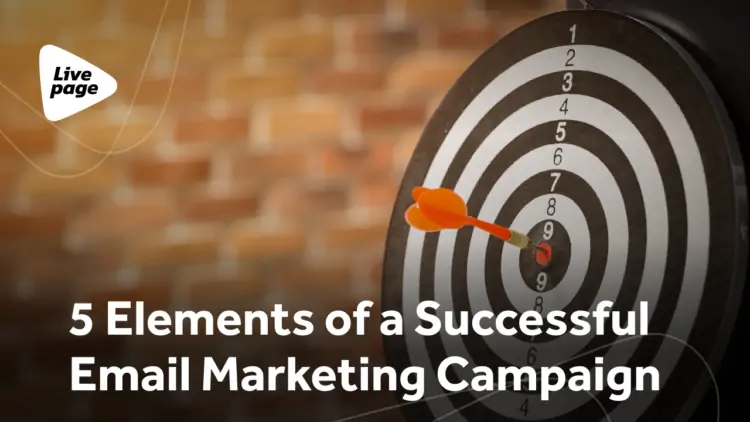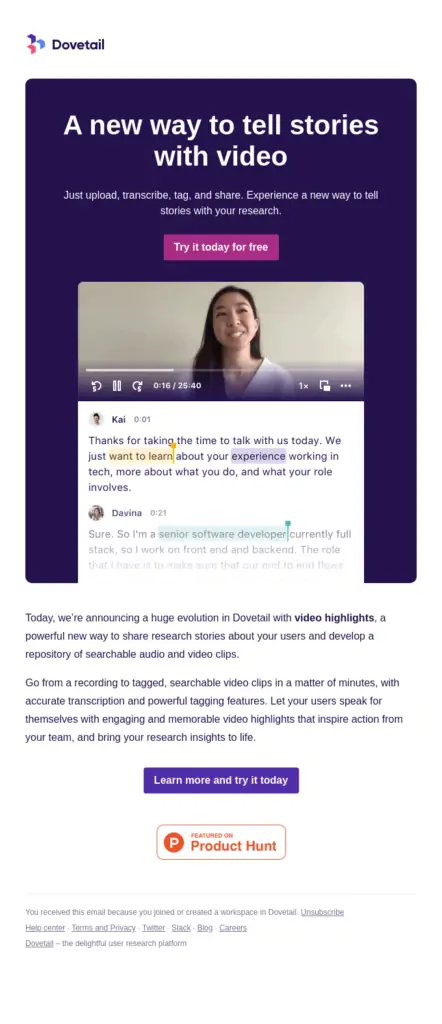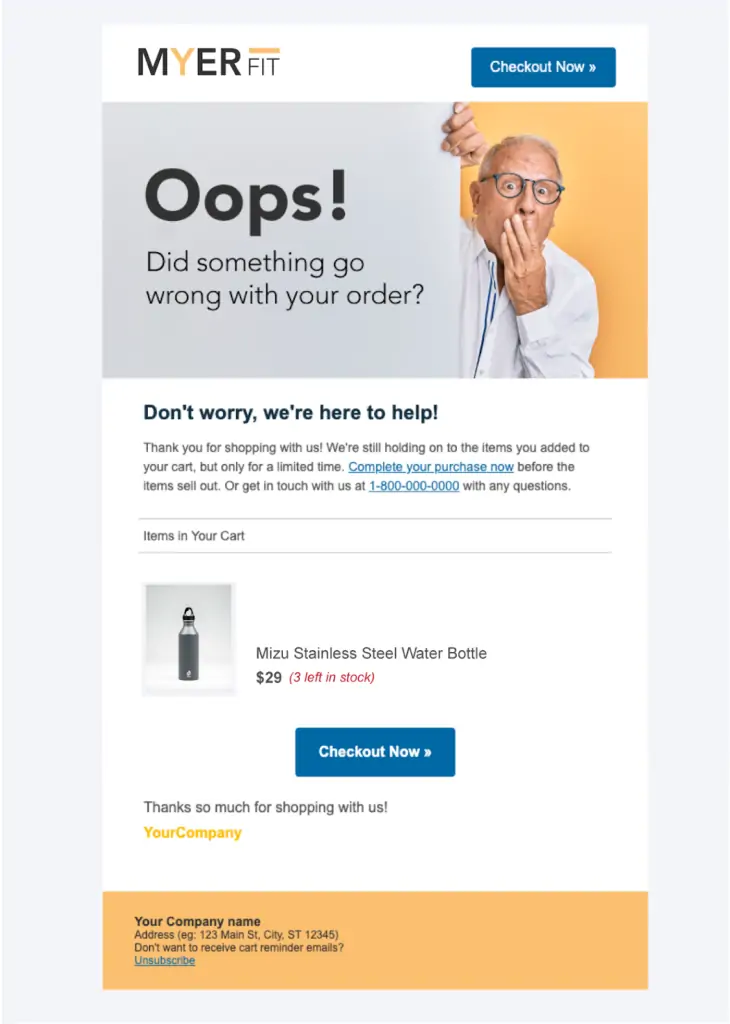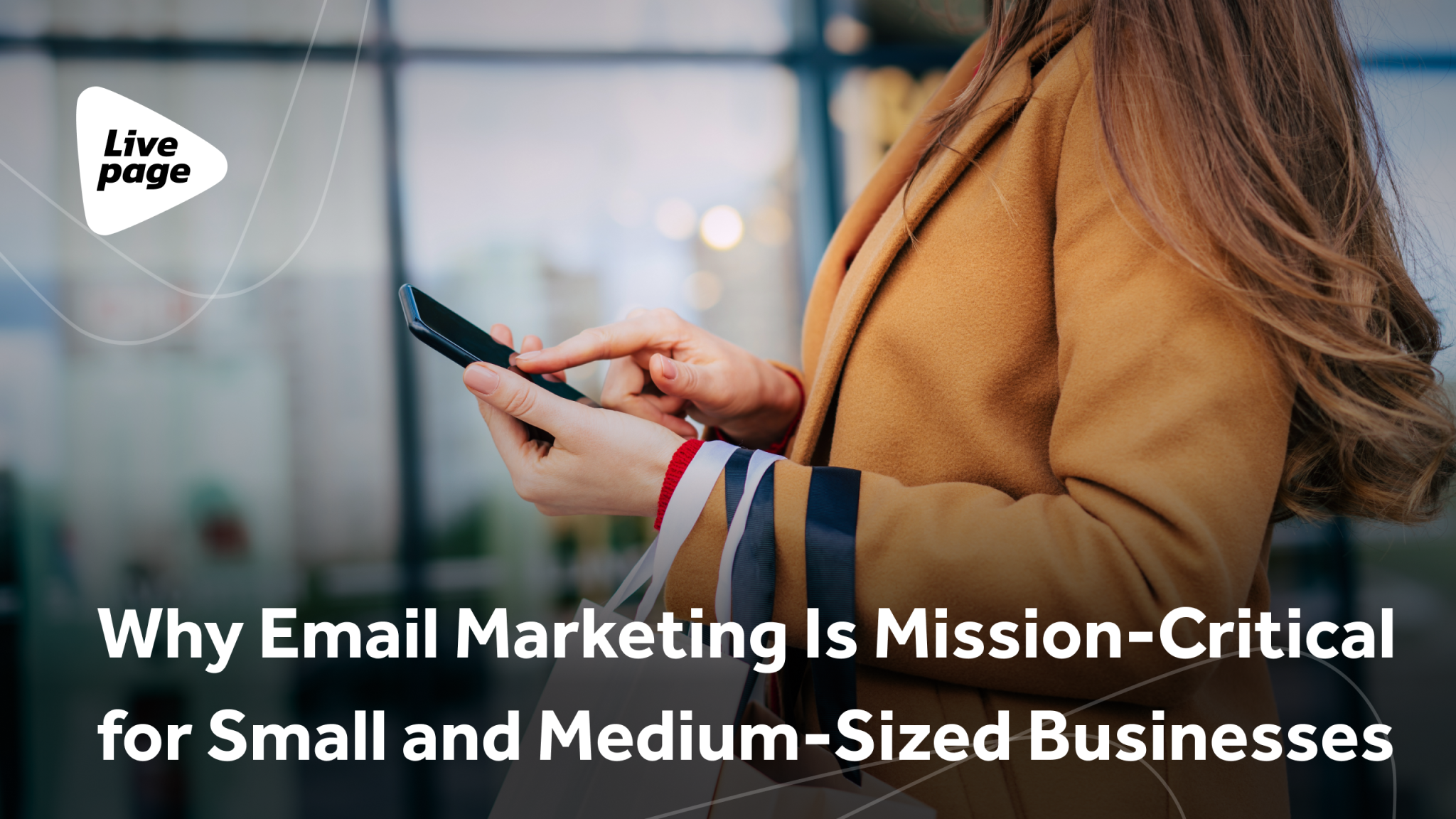
5 Elements of a Successful Email Marketing Campaign You Should Pay Attention to

What makes a successful marketing campaign? There is no secret pill suitable for each case, but you should pay attention to some essential aspects to boost your email marketing dramatically. And we will be happy to share them with you.
But first, let’s talk about numbers.
Measuring the success of an email campaign involves analyzing various metrics to determine its effectiveness in achieving your goals. The specific metrics you track may depend on your campaign objectives, but some key indicators include Open Rate (OR), Click-Through Rate (CTR), Bounce Rate, Unsubscribe Rate, and ROI (Return on Investment). To better understand which rates are suitable for your case, we suggest using the study by Campaign Monitor Ultimate Email Marketing Benchmarks for 2022: By Industry and Day.
Now let’s dive into the aspects ⤵️
5 Effective Email Marketing Campaign Elements
To learn how to run a successful email marketing campaign, you should first understand its key elements, including segmentation, personalization, A/B testing, Call-to-Actions, and content relevance. So, let’s explore all those marketing campaign components in more detail.
Segmentation
The first element of an effective email marketing campaign is segmentation. It involves dividing your email list into distinct groups based on specific criteria. It ensures personalized and relevant emails by tailoring content to individual interests and preferences. This leads to higher engagement, improved deliverability, and reduced unsubscribe rates. Additionally, segmentation allows for effective A/B testing, data-driven insights, and targeted customer lifecycle nurturing.
Here are some criteria on how to segment your email audience:
- Demographic data. Start with primary demographic data such as age, gender, location, and language. It can help you tailor your content to match the preferences of different groups.
- Likes and preferences. Gather information on contacts’ interests, hobbies, and preferences. This could be obtained through surveys or tracking their interactions on your website. Use this data to send content that aligns with their passions.
- Email engagement. Pay attention to opens, clicks, and conversions. Subscribers who consistently click on links might be more interested in your content than those who only open emails without taking further action.
- Geographic location. Segment by location to send location-specific offers or event invitations.
- Job titles and positions. If your audience is B2B-focused, segment based on job titles, roles, and industries. Content relevant to a CEO might be less relevant to a mid-level manager.
Personalization
Personalization is a critical component of a marketing campaign that involves customizing email content for each recipient. Personalized emails resonate more effectively with the audience by addressing individual interests. This results in higher engagement rates and improved campaign performance. Personalization enhances customer loyalty, reduces unsubscribe rates, and fosters a stronger connection between brands and their audience. Ultimately, it creates a more tailored and compelling email experience for recipients, resulting in better results and stronger customer relationships.
An Aberdeen study showed that personalized emails get as much as 14% higher click-through rates.
Invesp Conversion Optimization also claims that:
- Emails with “Free” in the subject line were opened 10% more than those without.
- Emails with “FW:” in the subject line were opened 17% less than those without.
- Subject lines that create a sense of urgency and exclusivity can give a 22% higher open rate.

However, using “Free” and “FW” (forward) in email subject lines is risky as it can trigger spam filters and be blocked by email systems. To avoid that, we advise careful consideration and realization to ensure that your emails are effective in achieving your goals and received positively by recipients.
Results testing (A/B)
A/B testing in email marketing is essential for data-driven decision-making, optimizing campaign performance, and understanding customer preferences. By comparing different variations of emails, marketers can identify the most effective elements of a marketing campaign, iterate regularly, and stay ahead of the competition. It reduces risks, validates hypotheses, and leads to more successful and targeted email campaigns, resulting in higher engagement and customer loyalty.
When creating A/B testing, be sure to:
- Define clear goals. Start by setting specific and measurable goals for your test. Having clear goals will guide your testing strategy.
- Test one variable at once. To accurately determine the impact of a specific change, such as subject line, Call-to-Action, or layout, test one parameter at a time. Testing multiple changes simultaneously complicates attributing results to a particular factor.
- Test regularly. A/B testing is an ongoing process. Continuously test different elements to stay updated with your audience’s preferences.
Note that A/B testing is not an all-purpose solution. What works for one audience might not work for another. Regular testing and adapting based on your findings will help you improve your email marketing strategy over time.
CTA
Call-to-Action (CTA) is a crucial element of a successful email marketing campaign because it directs recipients to take the desired action, increasing click-through rates, driving conversions, and ultimately improving the overall effectiveness of email marketing. A well-crafted and strategically placed CTA with persuasive language engages the audience. At the same time, personalized CTAs enhance relevance and foster stronger connections, leading to improved brand loyalty and higher success rates.
For an effective email marketing campaign, ensure your CTA matches these aspects:
- Make your CTA button visually appealing and easy to spot. Use contrasting colors that stand out from the rest of the email content.
- Ensure that the button size is appropriate and easily clickable on all devices.
- Use clear and concise action-oriented copy that tells the reader exactly what action they should take. Examples:

Content relevance
As an email marketer, content relevance is paramount as it directly impacts the success of email marketing campaigns. Relevant content tailored to individual interests, needs, and behaviors enhances engagement, increases open and click-through rates, and drives conversions. Delivering personalized and valuable content fosters a stronger connection with subscribers, reduces unsubscribe rates, and improves overall campaign performance, resulting in higher ROI and customer satisfaction.
Here are a few examples of how it can be incorporated into emails:
Content updates: Share the news or blog posts that align with the recipient’s interests. For example:

Recommendations: Offer a product or service recommendations based on the recipient’s browsing or purchase history. For example:

Abandoned cart: Send a reminder to a customer who added items to their cart but still needs to complete the purchase. Example:

Conclusion
All of those components to a successful marketing campaign mentioned earlier work great separately but integrated all together, they can bring you astonishing results in the form of a truly successful email marketing campaign.
If you are looking for solutions that will work best for your business, we at Livepage are always ready to help and provide email marketing strategy services or set up turnkey email automation. Our team has a large expertise in launching effective email campaigns for different types of businesses. As we’ve already said, there is no one-fits-all solution. Therefore, we utilize an individual approach based on each client and keep up-to-date with the latest trends in email marketing.
Contact us now, and let’s take your email marketing to a new level together!
FAQ
What are the key email marketing campaign elements?
To build an effective email marketing strategy, you should pay attention to its crucial aspects, namely segmentation, personalization, CTAs, A/B testing, and content relevance.
How can I measure the success of my email marketing campaigns?
Although every business is unique, some key metrics will help you determine the success of your email marketing campaign. Those metrics include Open Rate, Click-Through Rate (CTR), Conversion Rate, Bounce Rate, Unsubscribe Rate, and ROI.
How can I personalize my email marketing campaign?
If you want to create an effective email marketing campaign, it should be relevant to your target audience. For this purpose, you need to collect actual data about your audience by conducting surveys or using analyzing tools. Then, you define your segmentation criteria (based on location, interests, purchase history, etc.) and create an engaging copy for each segment to achieve a highly personalized experience.



















